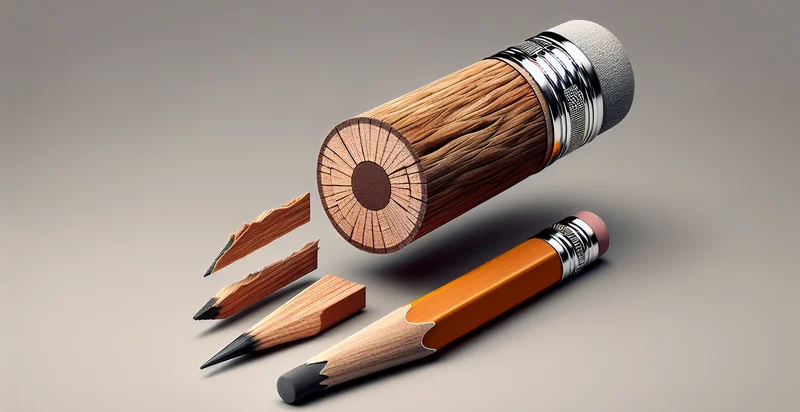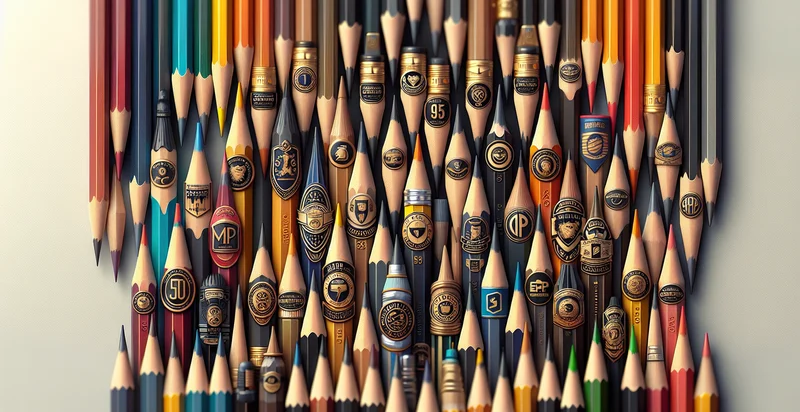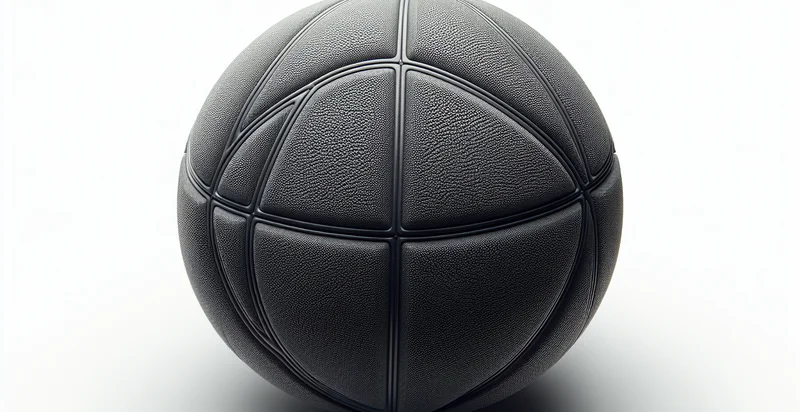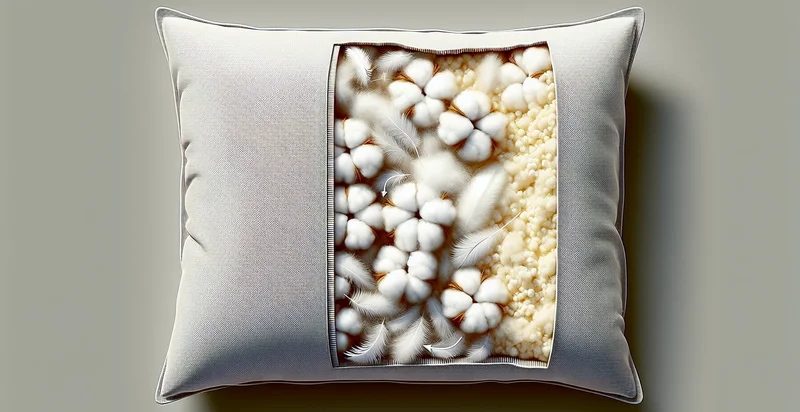Identify what material a pencil is made from
using AI
Below is a free classifier to identify what material a pencil is made from. Just upload your image, and our AI will predict what material a pencil is made from - in just seconds.

Contact us for API access
Or, use Nyckel to build highly-accurate custom classifiers in just minutes. No PhD required.
Get started
import nyckel
credentials = nyckel.Credentials("YOUR_CLIENT_ID", "YOUR_CLIENT_SECRET")
nyckel.invoke("what-material-a-pencil-is-made-from", "your_image_url", credentials)
fetch('https://www.nyckel.com/v1/functions/what-material-a-pencil-is-made-from/invoke', {
method: 'POST',
headers: {
'Authorization': 'Bearer ' + 'YOUR_BEARER_TOKEN',
'Content-Type': 'application/json',
},
body: JSON.stringify(
{"data": "your_image_url"}
)
})
.then(response => response.json())
.then(data => console.log(data));
curl -X POST \
-H "Content-Type: application/json" \
-H "Authorization: Bearer YOUR_BEARER_TOKEN" \
-d '{"data": "your_image_url"}' \
https://www.nyckel.com/v1/functions/what-material-a-pencil-is-made-from/invoke
How this classifier works
To start, upload your image. Our AI tool will then predict what material a pencil is made from.
This pretrained image model uses a Nyckel-created dataset and has 12 labels, including Acrylic, Aluminum, Biodegradable Material, Carbon Fiber, Ceramic, Composite, Graphite, Metal, Paper and Plastic.
We'll also show a confidence score (the higher the number, the more confident the AI model is around what material a pencil is made from).
Whether you're just curious or building what material a pencil is made from detection into your application, we hope our classifier proves helpful.
Related Classifiers
Need to identify what material a pencil is made from at scale?
Get API or Zapier access to this classifier for free. It's perfect for:
- Material Verification for School Supplies: Educational institutions can utilize the classification function to verify the materials used in pencils being supplied to them. This ensures compliance with safety and environmental regulations, helping schools avoid harmful or non-eco-friendly products.
- Sustainable Product Sourcing: Retailers focused on sustainability can use the identifier to assess and categorize the materials of various pencil brands. This helps them curate a selection of products that meet their environmental standards, attracting eco-conscious consumers.
- Quality Control in Manufacturing: Pencil manufacturers can implement this image classification function in their quality assurance processes. By identifying the material composition of their products, manufacturers can maintain high standards and ensure consistency in production.
- Consumer Education and Safety: Brands can utilize the function to provide customers with information regarding the materials in their pencils. This transparency can help educate consumers about product safety, especially for children’s school supplies, leading to informed purchasing decisions.
- Counterfeit Detection: Businesses may apply the classification function to detect counterfeit pencil products in the market. By determining the materials used, they can identify genuine products versus imitations, protecting their brand integrity and consumer trust.
- Supply Chain Management: Companies in the stationery industry can leverage this classification to optimize their supply chain by identifying the material sources of their pencil products. This insight aids in developing more efficient procurement strategies and balancing cost with material quality.
- Research and Development: R&D teams in pencil manufacturing can use this function to analyze market trends in pencil material use. By understanding material compositions, they can innovate new products that meet consumer demand for sustainability and performance.


